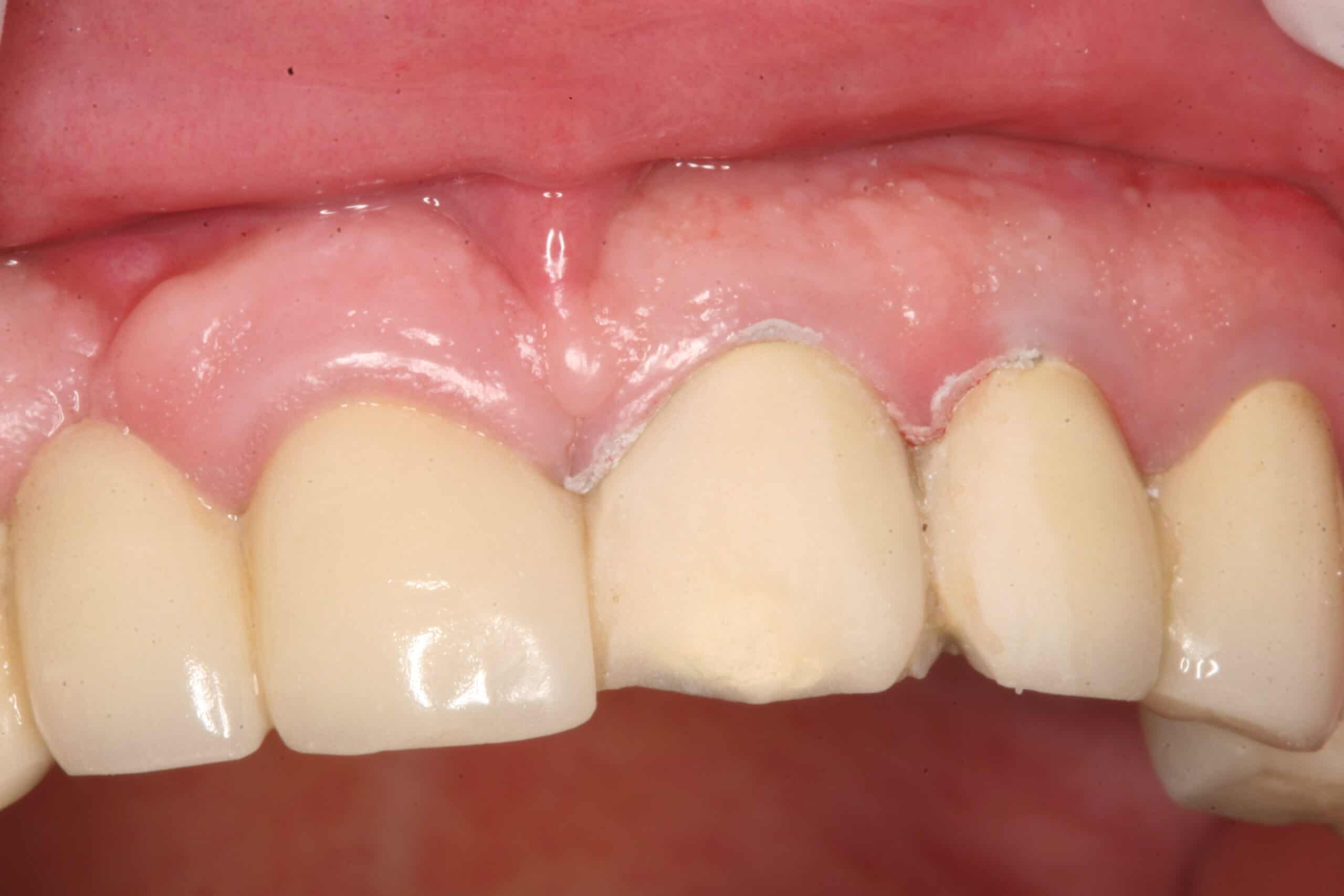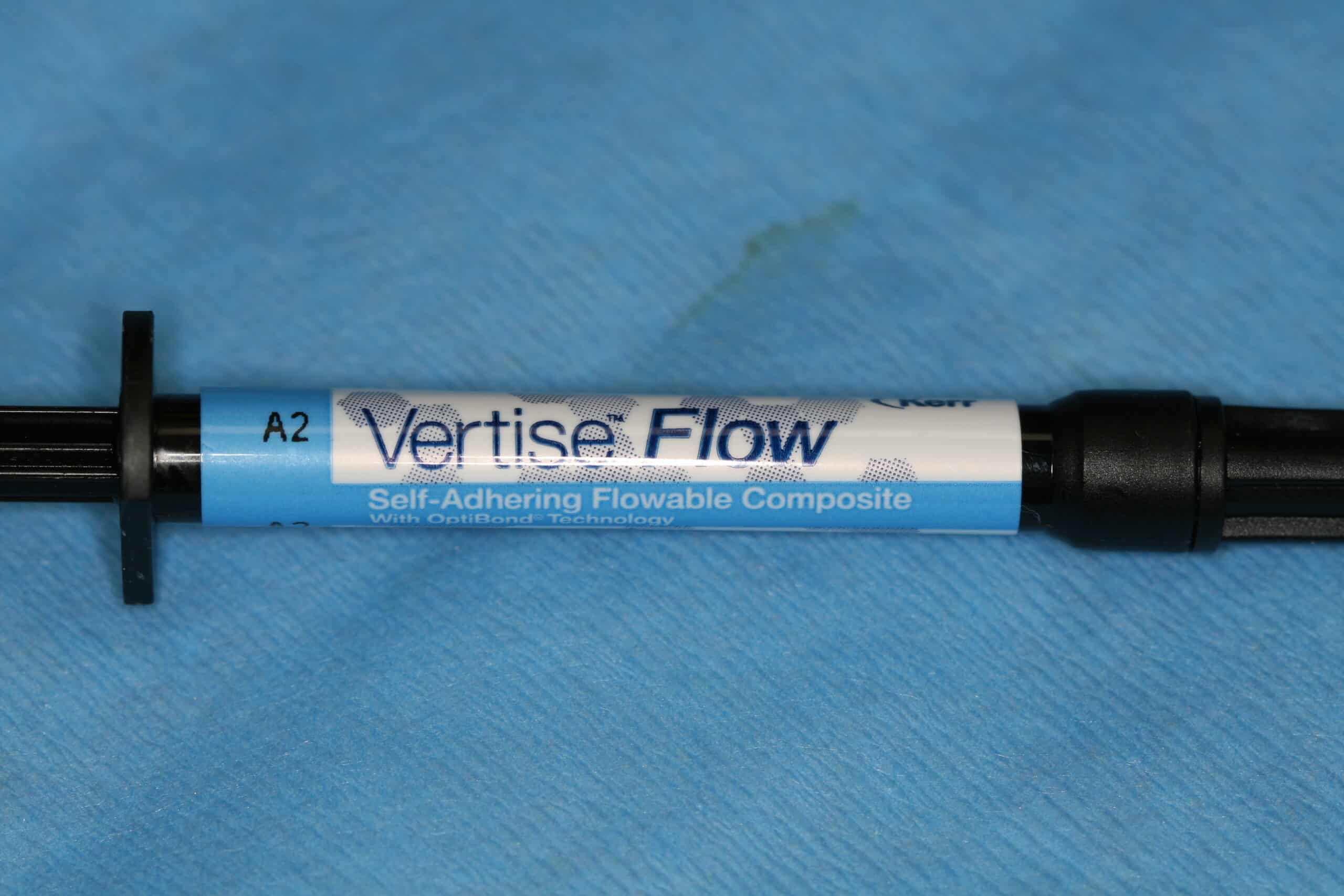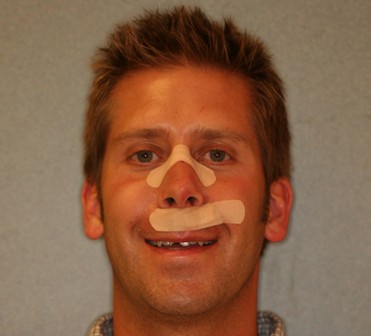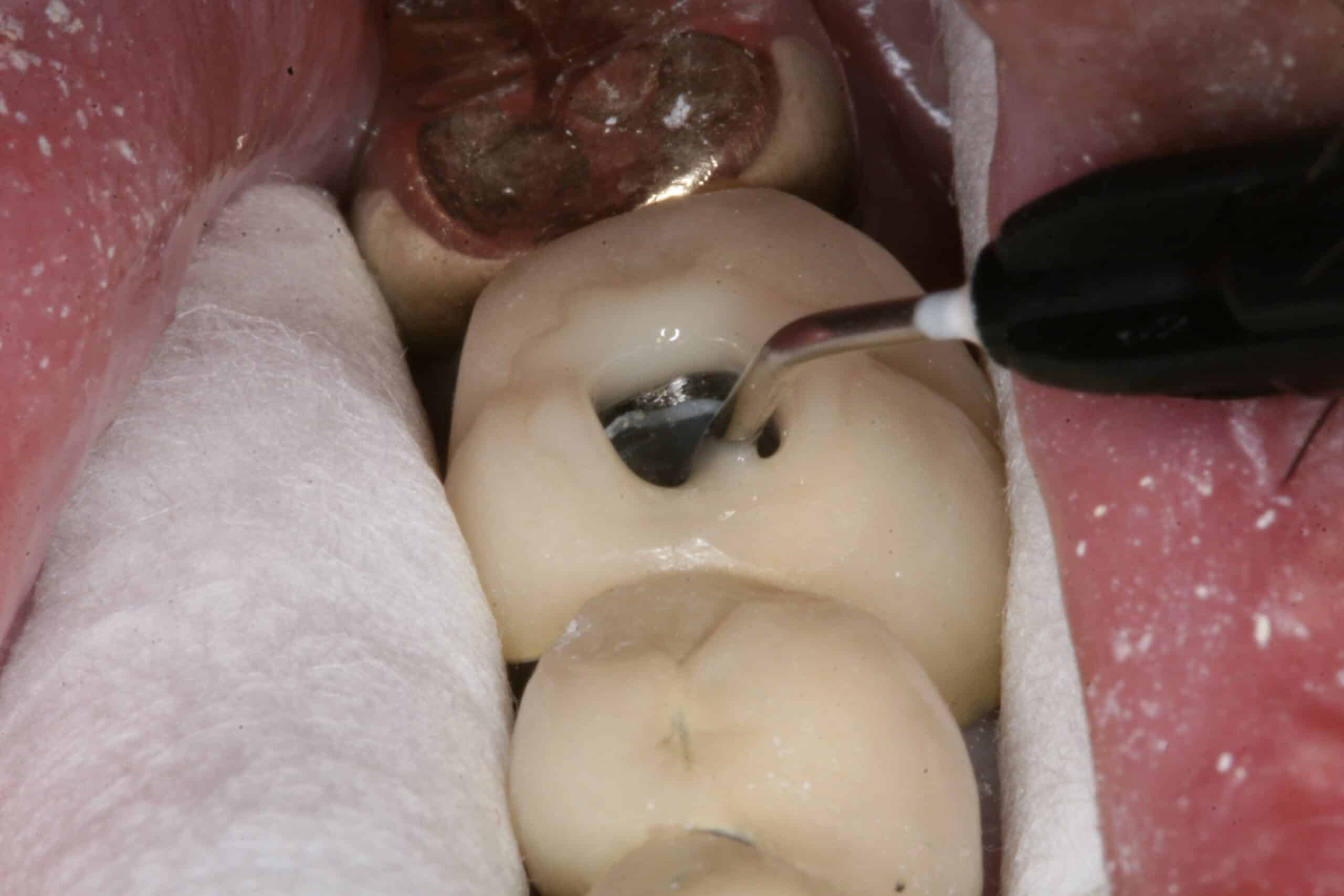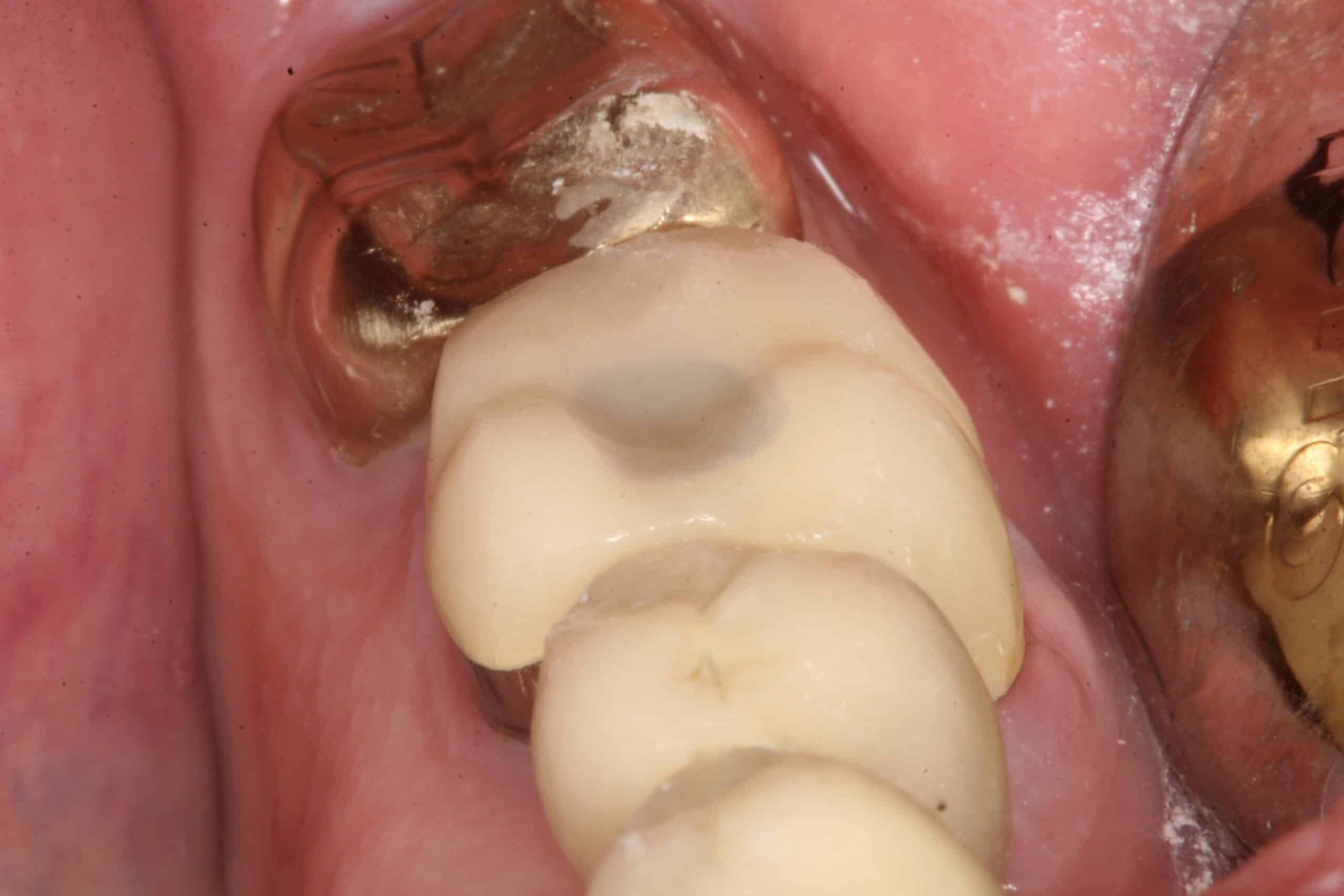How many times have you had a patient come into your office with the porcelain chipped off of a crown or bridge. I immediately think to myself, remake. Not necessarily because I want to remake their restoration, but because I know that a patch job is a patch job and usually doesn’t last very long in the working environment of the mouth. I have tried several products in the past and settled on repairing porcelain by first micro-etching, hydrofluoric acid etching, then Monobond-S primer, PQ1 and then composite. It’s been a “crapshoot” as to if this technique works or not. Some places in the mouth repair well, lasting for a reasonable amount of time, and other do not. The micro-etching sand in the mouth leaves a patient feeling like they had lost a  game of beach volleyball unless you use a rubber dam. That is were a hot wet towel really works well. Non-occlusal repairs work better than working surfaces, and front teeth in heavy occlusion tend to not do well either.
game of beach volleyball unless you use a rubber dam. That is were a hot wet towel really works well. Non-occlusal repairs work better than working surfaces, and front teeth in heavy occlusion tend to not do well either.
My dental rep from Atlanta Dental, Ken, turned me onto this new product called Vertise from Kerr. It is self etching and is supposed to work as well as any product out there. I had been working on the 3rd time repairing one of my patient’s anterior FPD fractured porcelain. He knew the round-house upper FPD was very old, and needed to be replaced, but he wanted to squeeze out every bit of life he could from this restoration.
I micro-etched the chipped porcelain like usual (because it cleans the broken porcelain better than anything I can think of), rinsed with water and air dried. The directions said to place the Vertise (self-etching), and let set for 20 seconds before light curing it for 20 seconds more. It looks like a thicker than usual flowable composite with a slight opaque creamy appearance of about Vita Shade A2. Any composite system can be used to finish the restoration after that.
When repairing porcelain, I always go through the thought pattern, “What caused this fractured porcelain in the first place”? The above case failed due to #6 which means it may fail again, sooner or later.
- Porcelain too thin
- Porcelain too thick
- Metal substructure too thin
- Over adjusted of porcelain because underlying prep don’t have enough reduction
- Pier abutment flexure (lack of proper precision attachment)
- Long spanning FPD
- Improper FPD pontic/connector design
- Cantilever
- Recurrent decay under an abutment
- Occlusal forces
- Posterior interferences
- Grinding/bruxing/clenching
- Para-functional habits
- Defective porcelain
- Wrong opaquer for the porcelain
- Trauma
The one cause for the fractured porcelain I like to hear is trauma. “Doc, I just bit too hard on that beer bottle cap”. The rest of those reasons I listed above are all going to reoccur unless the underlying problem is fixed. This usually means remaking the restoration, making a hard night guard, or a complete equilibration. I guess the trauma could reoccur if the patient insisted on doing his party stunt again!
Basically, repairing porcelain should almost always be seen as a short term repair. The patient should be told this at the very first appointment (no guarantees). For heavens sake, write it down in the chart that it is not definitive care. Otherwise, you will be married to this repair for as long as the patient will put up with it, and many times on your dime!
One additional usage for this product is in the repair of Endodontic accesses through porcelain crowns. Placing an amalgam filling into a porcelain crown to repair the Endo access seems wrong to the patient who wanted to have their teeth look esthetically pleasing to look at. But placing a regular composite may not seal the tooth very well over the long run. We have started to use Vertise to self-etch and bond to the porcelain before the filling is placed.
The technique is actually very simple. After removing the temporary filling, sealer and gutta percha down to the orfaces, I freshen up the porcelain margin of the access prep and then wash it down with hydrogen peroxide (in a 5cc syringe and brush tipped needle from Ultradent) and acid etch/rinse. Then I dry off the tooth very well and place Vertise just around the edge of the prep, let it set for 20 seconds and then light cure. After that, fill the tooth with your favorite composite bonding agent, filling material and finish/polish.



